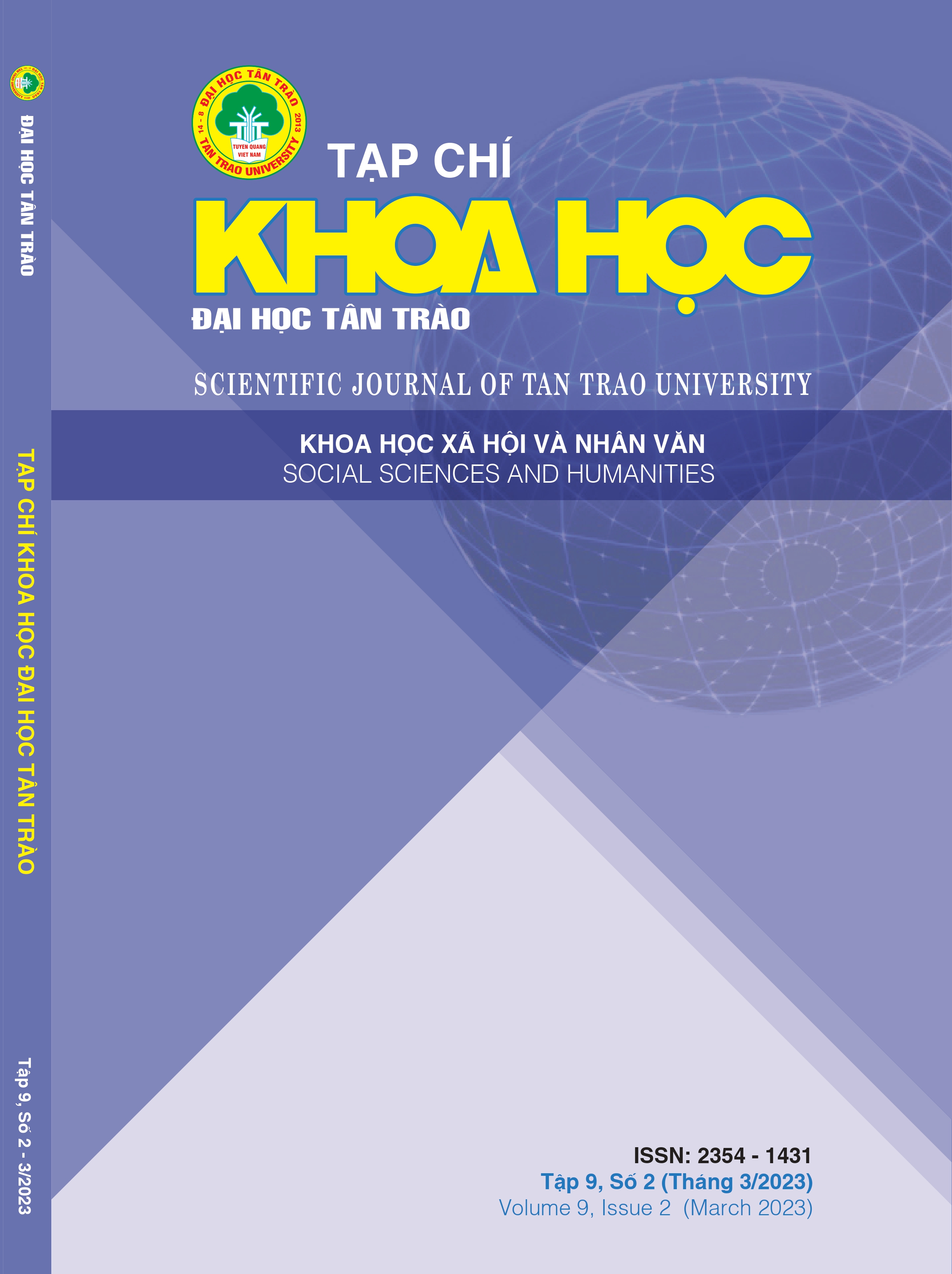TEACHING SPATIAL GEOMETRY IN GRADE 12 TOWARD STEM ORIENTED EDUCATION
DOI:
https://doi.org/10.51453/2354-1431/2023/931Keywords:
STEM, STEM education orientation, teaching STEM, spatial geometry, teaching mathAbstract
STEM education is aimed at developing students' capabilities, equipping them with knowledge and application of that knowledge in practice, as well as necessary skills in the fields of science, technology, engineering and math. The article presents the concept of STEM education, forms of STEM teaching, and proposes the process of teaching a lesson on spatial geometry content in the Geometry 12 program according to the STEM approach. Findings showed that students were able to master the knowledge, answer the questions posed by the teacher, actively participate in activities and develop the desired learning competencies, especially the ability to practice product creation, and use the language in presenting the product report made by the team.
Downloads
References
[1] MOET (2019). STEM education in the general education program (training document of the Ministry of Education and Training)
[2] Breiner, J. M., Harkness, S. S., Johnson, C. C., & Koehler, C. M. (2012). What Is STEM? A Discussion About Conceptions of STEM in Education and Partnerships. School Science and Mathematics, 112 (1), 3-11. https://doi.org/ 10.1111/j.1949-8594.2011.00109
[3] MOET (2018). General education program - Overall program (Issued together with Circular No. 32/2018/TT-BGDDT dated December 26, 2018 of the Minister of Education and Training)
[4] MOET (2020), Document No. 3089/BGDĐT-GDTrH dated August 14, 2020 on the implementation of STEM education in school.
[5] MOET (2019). Geometry 12, Vietnam Education Publishing House. Hanoi
[6] Corlu, M. S., Capraro Prof., R. M. & Capraro, M. M. (2014). Introducing STEM education: Implications for educating our teachers for the age of innovation. Egitim ve Bilim, 39 (171), 74-85.
[7] Hsu, Y. S., & Yeh, Y. F. (2019). Asia-pacific STEM teaching practices: From theoretical frameworks to practices. In Asia-Pacific STEM Teaching Practices: From Theoretical Frameworks to Practices. https://doi.org/10.1007/978-981-15-0768-7
[8] Bien.N.V. (co-editor and associates, 2019). STEM education in high schools, Vietnam Education Publishing House
[9] Linh, N.Q.L., Phuong, H.T.P. (2019), STEM education in new teaching module at high school. TNU Journal of Science and Technology, 206 (13), 25-31.
[10] Nga, N.T. (2017). Design and organize STEM education topics for middle and high school students. Ho Chi Minh City University of Education Publishing House, 2017.
[11] Quang, L.X. (2017). Teaching high school technology subjects in the direction of STEM education. Doctoral Dissertation of Science in Education, Hanoi National University of Education.
[12] M. Sanders, “STEM, STEM Education, TEMmania,” Technology Teacher, vol. 68, no. 4, pp. 20-26, 2009.
[13] Tiep, P.Q. (2017). Nature and characteristics of the stem education model. Vietnam Journal of Educational Sciences, 145(10), 61-64.
[14] Wang, H., Moore, T. J., Roehrig, G. H. & Park, M. S. (2011). STEM Integration: Teacher Perceptions and Practice STEM Integration: Teacher Perceptions and Practice. Journal of Pre-College Engineering Education Research (J-PEER), 1(2), 1-13 (https://doi.org/10.5703/1288284314636)
[15] Y. Bekir and S. Sabri (2018). Mathematics education: The effect of STEM applications on different dependent variables. Journal of Baltic Science Education, vol. 17, no. 2, pp. 200-214.
Downloads
Published
How to Cite
Issue
Section
License

This work is licensed under a Creative Commons Attribution-ShareAlike 4.0 International License.
All articles published in SJTTU are licensed under a Creative Commons Attribution-ShareAlike 4.0 International (CC BY-SA) license. This means anyone is free to copy, transform, or redistribute articles for any lawful purpose in any medium, provided they give appropriate attribution to the original author(s) and SJTTU, link to the license, indicate if changes were made, and redistribute any derivative work under the same license.
Copyright on articles is retained by the respective author(s), without restrictions. A non-exclusive license is granted to SJTTU to publish the article and identify itself as its original publisher, along with the commercial right to include the article in a hardcopy issue for sale to libraries and individuals.
Although the conditions of the CC BY-SA license don't apply to authors (as the copyright holder of your article, you have no restrictions on your rights), by submitting to SJTTU, authors recognize the rights of readers, and must grant any third party the right to use their article to the extent provided by the license.


